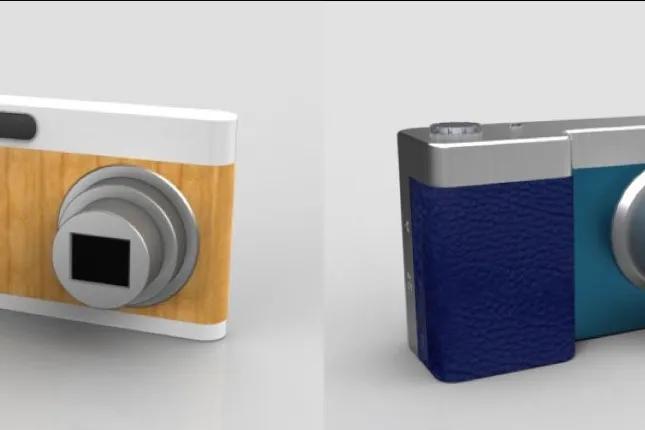How Does Product Aesthetics Impact Consumer Response?
Success stories in the market show the importance of design for increasing sales. One of the best examples of this is Apple. The importance of design has since received increasing attention with people wanting to know what elements of design are critical and how to utilize these design elements strategically to achieve desirable market responses.
Two important product aesthetics elements that the author researched on are brand typicality and category typicality. This article will first discuss how people understand new objects during their first encounters. Categorization theory states that when encountering a new object, one will compare the object with existing mental models stored in memory. If the object shows high resemblance to something known, then it will be placed under that category. On the contrary, if the object does not look like anything seen before, then it will be hard to understand because one would fail to categorize it under any categories that are formerly known. When that happens, confusion occurs and people will most likely have low impressions on that product.
Most products seen in the market today carry a brand name. In addition to comparing the product with an existing product category, people will also evaluate whether the product fits the mental model of the brand stored in the memory. Has one ever encountered a product that prompted one to say, “That looks just like an Apple product!”
One can categorize a product based on its similarity to the product category such as a chair, a handbag, a car, and etc. as well as a particular brand, such as Apple, Chanel, Audi, etc. The former is called category typicality and the latter is called brand typicality. So, how do these two impact consumer response?
When consumers can easily categorize a product into a category and/or brand, that means they can process the information (i.e., the product) with ease and that leads to a positive response. A positive response can be affective or cognitive, meaning that consumers who experienced easy processing (due to ease of categorization) will feel happy (affective) and think that the product is of high quality (cognitive). These positive responses will in turn enhance their attitude toward the product and purchase intent.
This research shows that both category typicality and brand typicality positively influence product attitude and purchase intention. Therefore, new products should be designed in a way that shows high resemblance to the product category as well as the brand. The author’s research also shows that between the two product aesthetics elements, the impact of category typicality is greater. What is more interesting here is that the two product aesthetics factors interact. Consumers respond most positively when the product shows high typicality to both its brand and category. However, when the product is highly typical to its category but not typical to its brand, consumers would respond least favourably. Therefore, designers and product managers are advised to pay special attention to the interplay between the two product aesthetics factors in order to achieve desirable results.
Dr Goh Yi Sheng
School of Arts
Email: @email




